The idea for this article, on the art of looking down, first occurred to us several weeks ago while visiting the historic city of Savannah, Georgia. Savannah is a popular spot for photographers due to the history and architecture of the area. We sat on a park bench watching numerous groups of photographers move about. A large group stopped right in front of us and began photographing a beautiful building. Every photographer had a DSLR camera around their neck.
They began snapping away.
It was then that something occurred to us. They were all just standing there, looking straight ahead, and photographing whatever was right in front of them.
This article is titled, The Art of Looking Down. But what it's really about – is the idea of opening your mind to a different point-of-view.
Just about anyone, today, can afford a decent camera and a few lenses. All it takes is a few bucks and you can create almost any photograph imaginable. So how do you, as a photographer, stand out from the crowd?
Point-of-View!
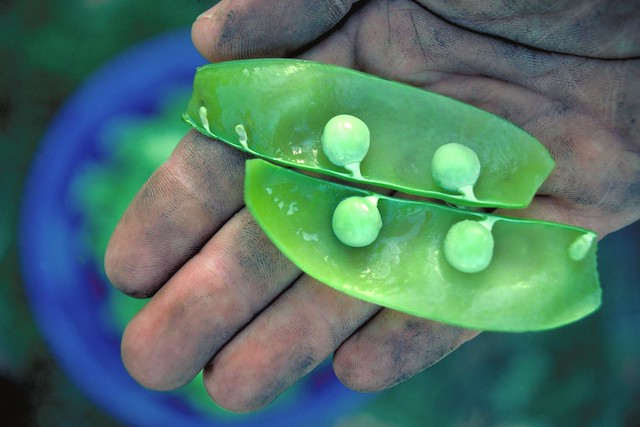
My Hand Holding Pea Pod by Kent DuFault, on Flickr
Other photographers may have your same camera. They may have your same lenses. But no one- absolutely no one- has your unique point-of-view. And this is how you distinguish yourself from everyone else out there.
But what many photographers, (especially new ones), fail to do is – go “outside” their normal perspective to achieve a unique point-of-view.
What do I mean by this?
Let's take our Savannah example.
A dozen photographers stood there, 50 feet from the building, snapping away with whatever lens they happened to have on their camera. What if you're the one photographer who walks halfway up to the building lays down on the cobblestone sidewalk and shoots straight up? Perhaps, you could walk into the building, poke your head out an open window, and shoot down? What might you see? One thing you're guaranteed, go the extra mile and you will see a point-of-view that one else did.
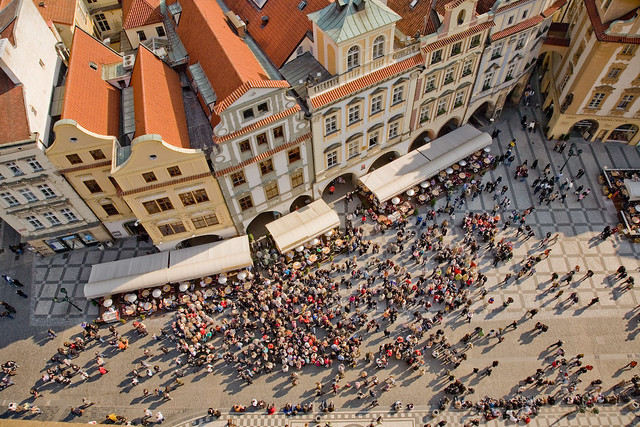
Old Town from above HDR by tanvach, on Flickr
Today, we're going to concentrate on the art of looking down. But, don't limit yourself to just that. Plant the thought in your mind that you will look down, behind you, straight up, at an angle, etc. Practice the art of achieving a new and interesting point-of-view no matter where you're taking pictures.
Let's talk about some cool ideas for looking down.
- Visiting a new city
- Taking a nature walk
- From a bridge
- Events (sports, weddings, reunions)
- Landscapes
- Abstracts
- People
- Odd juxtapositions
Let us look at an example of each idea and see why it provides a unique perspective.
Visiting a New City
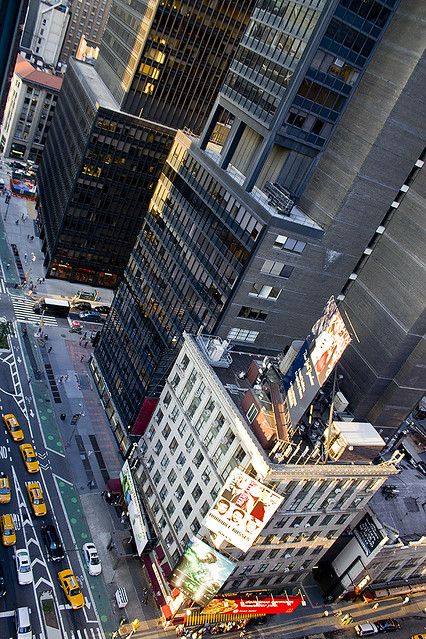
from above by daz smith, on Flickr
New York City, and in particular, Times Square, is probably one of the most photographed scenes in the world. This photographer gained a unique perspective by shooting from on top of a building and giving the photograph a dynamic angle. It depicts a crowded, busy, well known, intersection in a way that could not have been achieved from the ground level view.
The art of looking down doesn't require a lot of changes in gear or technique. You will probably find a wide angle lens, a normal lens, a macro lens, and a moderate telephoto useful. Outside of that, it's all about your vision and going the extra mile to find that special angle no one else thought of.
Taking a Nature Walk

Anole Amelia Island by Kent DuFault, on Flickr
A nature walk can be almost overwhelming to a photographer, there is so much beauty to take in. Don't force yourself into tunnel-vision. This photograph of an anole was taken while doing bird photography. If we hadn't taken a moment from looking up into the trees, to look down, we would have missed this little guy sunning himself.
Looking Down From a Bridge
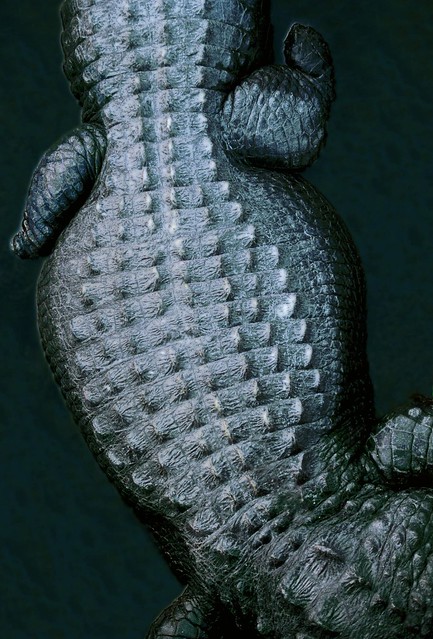
Alligator Skin by Kent DuFault, on Flickr
This photograph was taken at a famous tourist destination in Saint Augustine, Florida called, The Alligator Farm. There were numerous bridges that took tourists on a walking path through an alligator infested swamp. The photographer gained a unique perspective by shooting directly down on an alligator that was semi-submerged into the mud. It created a surrealistic image that is almost abstract.
Events – Sports, Weddings, etc…

A little bit of extra effort provides a unique viewpoint that highlights the determination in sports activities.
Landscapes
Richat Structure – Sahara Desert, Ouadane, Mauritania by Trodel, on Flickr
An overhead view of a landscape can turn your image into an abstract piece of art since most of us never see the world from this perspective. Your landscape photography will always present a unique perspective when shot from above.

above. by Sarah Jane, on Flickr
Abstract
We, as humans, don't normally walk around looking down. Begin to practice the art of looking down, even in your everyday life when there isn't a camera hanging around your neck. You will be surprised at what awaits you!
Frozen Lake by Kent DuFault, on Flickr
While taking his children ice skating, the photographer noticed these rocks embedded in the frozen lake.
People
We're all used to standing around looking at each other from eye level. Sure, we've all taken photographs where we've knelt down, or climbed on a chair, but what about taking it to the next level? Shoot your subject from on top of a 12 foot ladder, or, a two story building. Not only will it stimulate your creative juices for posing, but it will also introduce you to an entirely new realm of background possibilities!

19/52: Picado by GonzaloMMD, on Flickr

Sitting from above by llamnudds, on Flickr
Juxtapositions
Because we don't normally walk around looking down, if we train ourselves to do so, it opens up a whole new realm of our world. The photograph below was taken by this author nearly 30 years ago. He was standing on a wooden deck overlooking Lake Superior. He noticed how odd his pink feet looked against the stark landscape below. He snapped a few photographs, and to this day it remains one of his favorite images.
We hope that the concept of point-of-view and the examples contained within this article will motivate you to begin looking in every direction. You'll be amazed at what you find!

My Feet Over Lake Superior by Kent DuFault, on Flickr


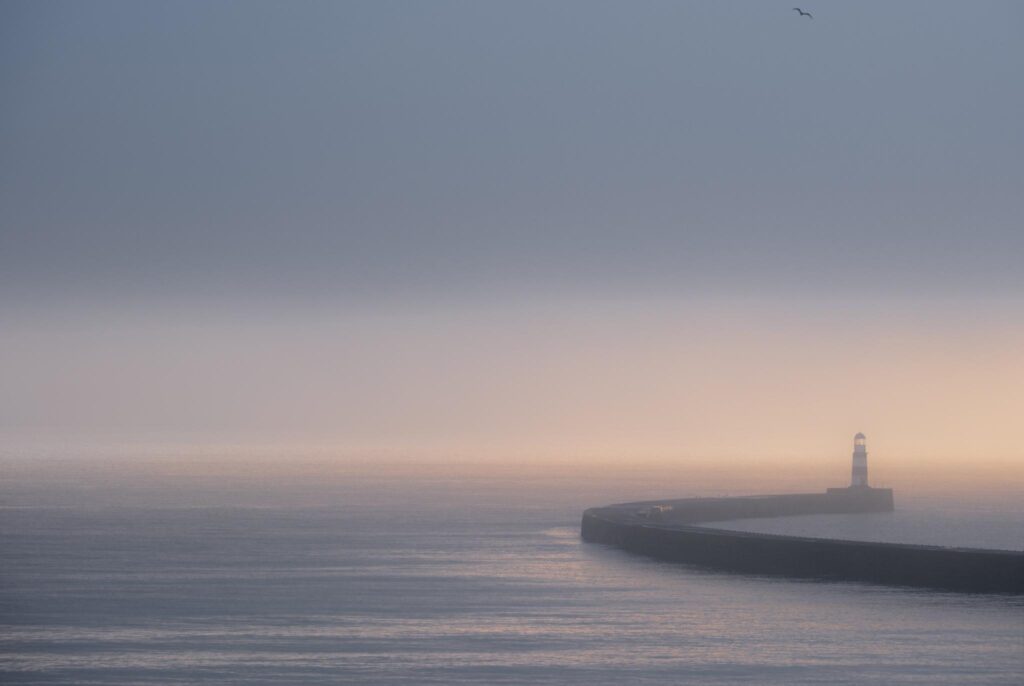
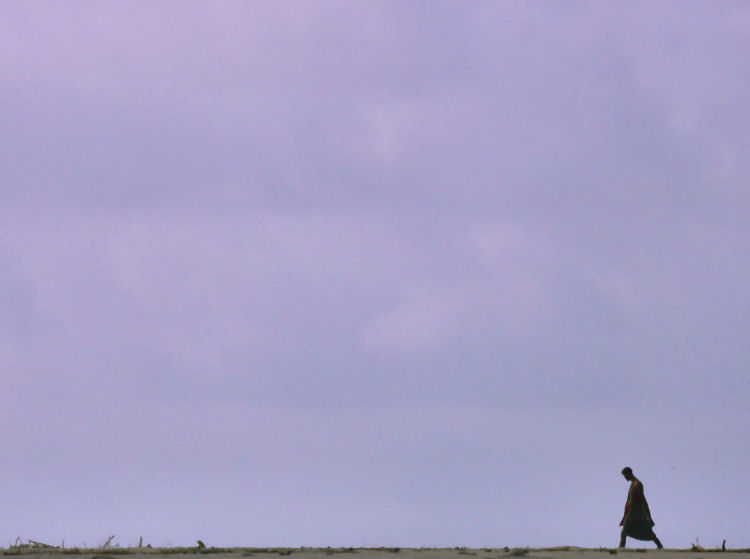
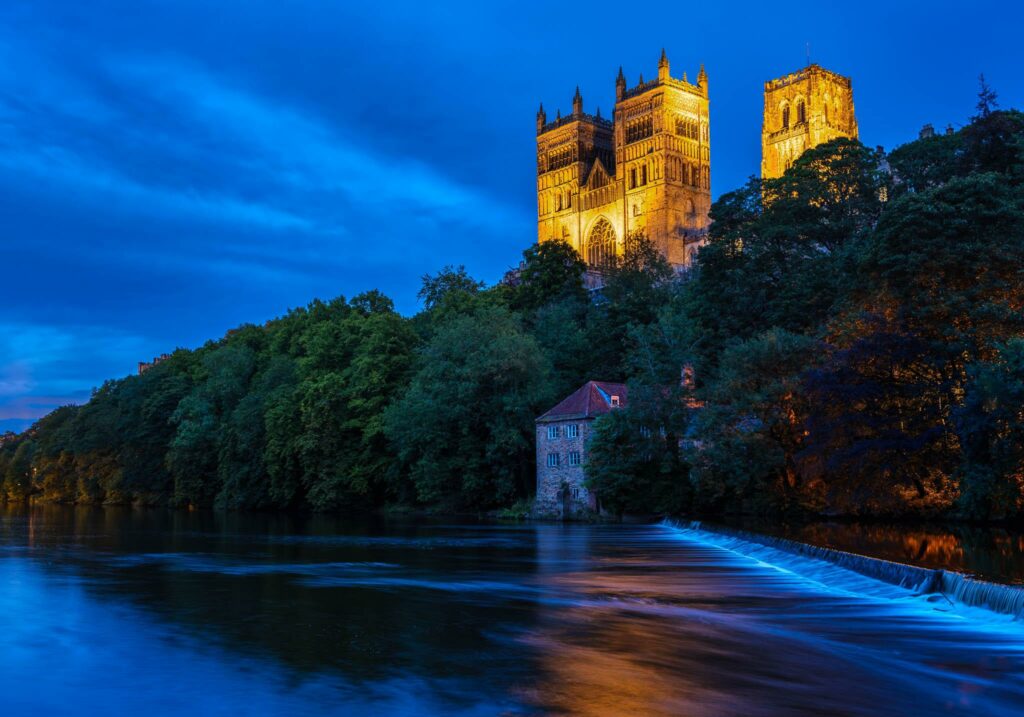
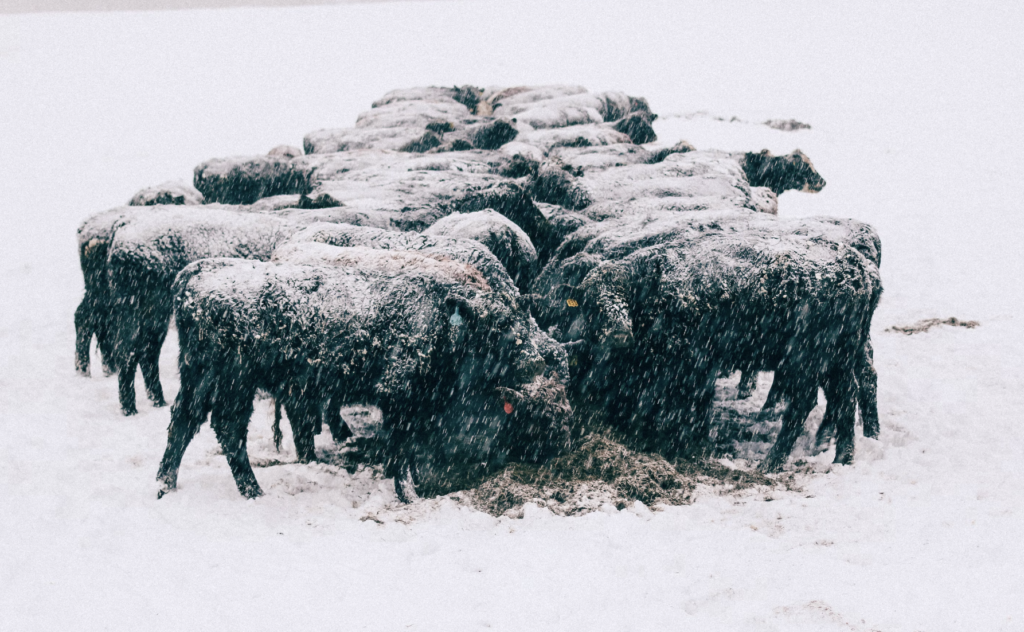
1 Comment
I have a problem trying to portray vertical depth in places like woods – and especially paths up or down hills. For instance, today I was walking along a path at a local beauty spot and tried to shoot down a very steep slope. Unfortunately, when I looked at the photo afterwards, the effect was totally flattened and it looked as though it was just going off into the distance rather than sharply downwards. Another photo I took of bushes from a bridge also didn’t give the impression of looking downwards – at least not enough. Instead of being 50 feet above the ground I might as well have been about 5 for all the depth I could get. I succeeded in another group of photos in a different area because there was a public path below so I waited till some people came along and I got my perspective that way, but the bushes were nowhere near a path. I have a compact digital camera with a 12x zoom and several built-in functions. It’s easy to carry and a good all-purpose camera for an elderly woman like me who has to travel around on buses or walk everywhere. Large cameras are heavy and I really do not want to haul a tripod around with me everywhere I go! How can I get the effect of vertical depth in my photos when there is nothing for comparison?